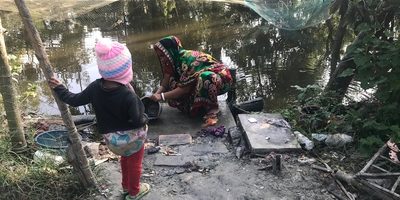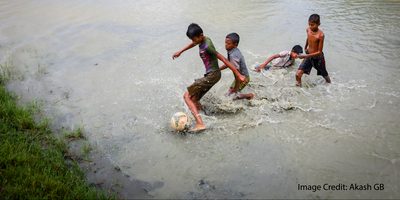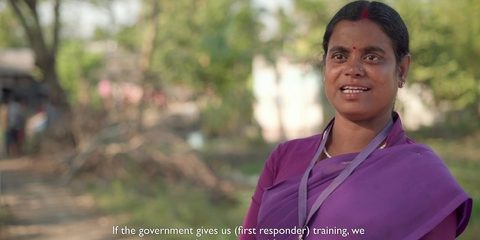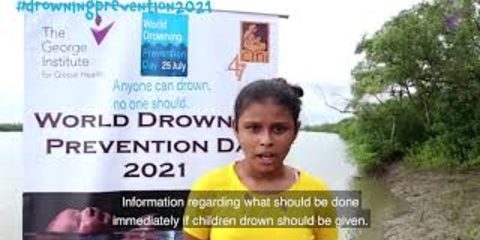
New Lancet Paper by The George Institute for Global Health Advocates Accelerated Action for Global Drowning Prevention
- Drowning claims over 236,000 lives each year, making it a top 10 cause of death for children and youth (WHO).
- An analytical paper in The Lancet by Dr Jagnoor Jagnoor of The George Institute for Global Health discusses challenges and opportunities for accelerating drowning prevention strategies.
- The paper reports that fragmented data hinders drowning prevention efforts, but non-health sector insights can aid in preventing drowning incidents.
The WHO reports that drowning claims the lives of at least 236,000 people every year, making it one of the top 10 leading causes of death for children and youth aged one to 24 years. More than 90% of drowning deaths occur in low- and middle-income countries, with rural children and adolescents disproportionately affected.
In a recent analytical and interpretive paper published in the prestigious journal, The Lancet, Dr Jagnoor Jagnoor, Senior Research Fellow at The George Institute for Global Health has discussed the challenges in and opportunities for accelerating action on drowning prevention. In the paper co-authored with Justin-Paul Scarr, Chief Executive Officer of the Australian non-profit Royal Life Saving Society, Dr Jagnoor discusses the World Health Assembly's (WHA) resolution aimed at expediting global drowning prevention. The resolution calls for the creation of a Global Status Report on Drowning Prevention, providing insights into the impacts of drowning and the context for prevention efforts across more than 180 countries. The resolution also charges the World Health Organization (WHO) with establishing a Global Alliance for Drowning Prevention (GADP), scheduled to launch on the third World Drowning Prevention Day on July 25, 2023.
Speaking of the challenges in devising strategies to prevent drowning accidents, Dr Jagnoor said, “Data on drowning are currently fragmented across various sectors, including disaster management, maritime agencies, the police, and the healthcare system. While a perfect national drowning registry is an ideal goal, non-health sector data that can provide contextually relevant insights can help in preventing drowning incidents.”
She further emphasised the need for population-based data to complement facility-based and modelled data, as evidenced by efforts like Bloomberg Philanthropies' partnership for drowning prevention in Bangladesh, Ghana, Uganda, and Vietnam.
The authors discuss the roadblocks in the implementation of resolutions and recommendations for developing national multisectoral drowning prevention programs and action plans. In many low- and middle-income countries (LMICs), the drowning prevention agenda competes with other health priorities, leading to constrained capacity for drowning prevention research, program development, and policy formation.
Dr Jagnoor also highlights the importance of community engagement and empowerment for sustainable multisectoral action for drowning prevention. The paper illustrates successful engagement strategies, such as the implementation of children's parliaments in the Sundarbans region of West Bengal, India, where children aged 8–16 years lead initiatives to raise awareness of drowning prevention through folk songs and social debates. The authors note that in high-income countries, minority ethnic groups and Indigenous populations are overrepresented in drowning statistics, highlighting the need for tailored outreach initiatives that target these communities.
As the world nears the Third World Drowning Prevention Day on July 25, the discussion presented in The Lancet paper serves as a compelling call to action. Increased investment, initiatives, and research are required to accelerate drowning prevention efforts and convert words into tangible results. The authors underscore the importance of coordinated multi sectoral initiatives and co-designing tailored drowning prevention systems to ensure a safer future for all, especially for communities most vulnerable to drowning incidents.
The full study can be accessed here - https://www.thelancet.com/journals/lancet/article/PIIS0140-6736(23)01463-0/fulltext








